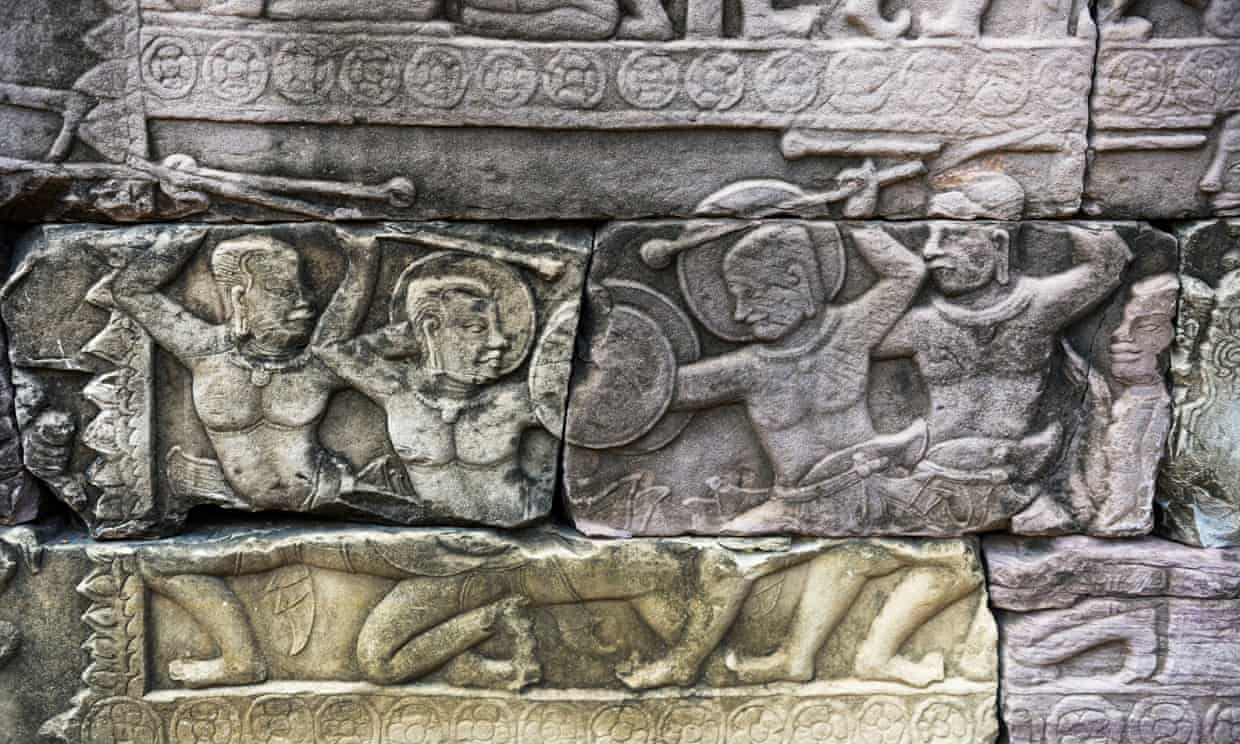I didn't go to the 50th anniversary celebration of the Society for Creative Anachronism, but I did contribute some of my recollections of my very early days in the organization. Flieg was kind enough to present it three times at the event. For those who missed it, here is my story of:
I wasn't interested in the SCA – I was a fan
By Steve Muhlberger (Finnvarr de Taahe)
This is a story about how I didn't join the SCA. It might be more accurate to say that it's about how I passed on plenty of opportunities to get in on the ground floor.
We can argue about where the ground floor is but I'll just say that I did not go to the first tournament and I didn't attend a West kingdom event until 1975.
Let's start in 1967 when I moved from Ohio to New Jersey. This made it possible for me to go to the World Science Fiction Convention in New York that year. I was in heaven! While I was there I picked up a lot of free fanzines and announcements of various sorts and bought a few books as well. One of the fanzines was a one-page newsletter that older science-fiction fans will know went on to greater things. It was Locus number one. And in that fanzine was an announcement that there would be a meeting in New York City with the intention of founding an East Kingdom of the Society for Creative Anachronism. I looked at it said something like, "huh" and paid no further attention. I was not interested. I was a science fiction fan.
While at the convention I joined the next year's worldcon, called Baycon. It was taking place in Berkeley on Labor Day weekend of 1968,and those who were lucky enough to go had a great old time. Part of the festivities was a tournament put on by the SCA and lots of people were very impressed. Some of them went home and started working on creating their own branches of the SCA.
I was not part of this. I didn't have the money to go to Berkeley so what I got out of it were the handouts that all convention members got in person or by mail. One of them was a guide to the Current Middle Ages, a very practical little booklet written by the SCA which showed how you could put on a tournament in your backyard. I looked at it, said something like "huh, " and thought no more about it. I wasn't interested.
A few weeks after Baycon I started at Michigan State University where I joined the Tolkien Fellowship – something that made me deliriously happy . Other Tolkien fans! At least two of the members, Tracy Brown and Bob McNish, had been at the Baycon and had taken pictures of the tournament. They were trying to sell their friends on the idea of putting on a tournament in East Lansing. They didn't have any luck. Me, I looked at the pictures, said something like "huh," and thought no more about it. I was not interested.
The next year, 1969, I had a bit more money and I got to go to St. LouisCon. Part of this worldcon was the coronation of the first king and queen of the Middle Kingdom. Representatives from both East and West were there to take part, or as they saw it, run the show. For various reasons there was a long delay and several times my friends and I walked through the room meant for the coronation and glanced at people in medieval customs. There weren't very many of them. We didn't even stop to ask them about it. We were off to panels or the book room or something else more standard and science-fictiony. It's probably just as well I didn't try to get interested because the conflict between the two senior kingdoms over running the coronation might've turned me off. On this occasion I didn't even say "huh", and I certainly thought no more about it. I was still not interested.
That fall I was back at Michigan State having more fun than ever with the science fiction and fantasy clubs. They were pretty big by now and we had a lot of energy. As Halloween approached, many of us decided to dress up. There was not a lot of consultation about what would be fun and appropriate, but when we got together it turned out that a whole bunch of us had adopted sword and sorcery personas. And then, seeing her opportunity, Signy Dimraedela (Tracy Brown) stepped forward with her Baycon photos in hand, and said wouldn't it be interesting if we did a medieval tournament SCA style? And suddenly I was interested. As were a whole bunch of other people. And that was the beginning of the barony of North Woods, one of the earliest and most dynamic Middle Kingdom groups.
And that's the story of how I was not interested in joining the SCA.






